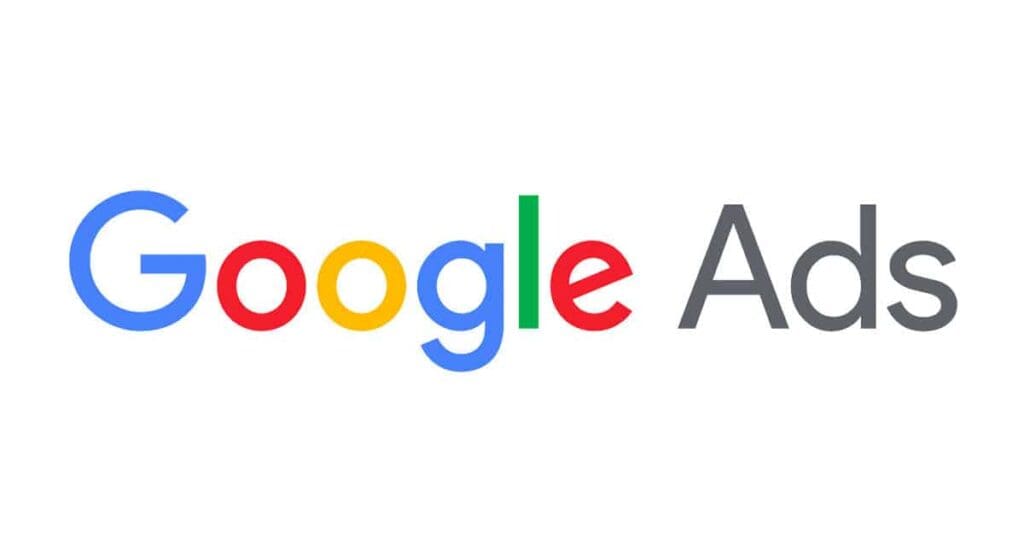
Don’t let your clicks go to waste!
You’ve meticulously crafted compelling ad copy, targeted the right audience, and even snagged a decent click-through rate. But something’s not quite right. Conversions are lagging, and your ads ROI (return on ad investment) is looking anemic. Don’t despair! The culprit might not be your ad strategy itself, but rather the silent saboteur lurking behind the scenes: your website design.
Here’s the harsh truth: even the most effective ads can turn into wasted clicks if your website isn’t optimized for conversions. A poorly designed website can confuse, frustrate, and ultimately drive visitors away before they even consider converting. Let’s delve into the top web design flaws that can cripple your ad ROI and explore solutions to get your conversions back on track.
1. Inconsistent Branding and Messaging:
Imagine clicking on an ad promoting sleek, modern furniture, only to land on a website with a cluttered, outdated design and amateurish photos. This inconsistency between your ad messaging and website experience creates confusion and breaks trust with potential customers.
Your website needs to reflect what your ad is selling, and running ads without looking at your website to figure out if it’s going to convert once visitors land there is a huge mistake. Consider your ads to be an extension of your website – it should all fit together as a cohesive, seamless experience.
Solution: Ensure your website reflects the brand identity and message conveyed in your ads. Maintain a consistent visual language, tone of voice, imagery, and messaging across all touchpoints, from the ad to the website.
2. Unclear Value Proposition:
Your website has mere seconds to capture a visitor’s attention and communicate its value proposition. If visitors land on a confusing homepage with no clear understanding of what your brand offers or why they should care, they’ll likely hit the back button faster than you can say “conversion opportunity missed.”
If you offer a special or deal, and the person clicks through to your website and it doesn’t show any evidence of that special, you’ve likely lost that customer.
Solution: Craft a clear and concise value proposition that instantly communicates your brand’s unique selling point. Use strong headlines, benefit-driven calls to action (CTAs), and visuals that effectively convey what makes your offer stand out.
3. Navigation Maze:
Imagine navigating a maze with no clear path or exit. That’s precisely how visitors feel when faced with a website with confusing or cluttered navigation. They’ll get lost, frustrated, and ultimately abandon their journey before reaching your desired goal (conversion).
If someone clicks on your ad, they likely did it for a very specific reason. They are interested in what you were selling. That click should take them to exactly what it is you offer, and it shouldn’t be hard for them to find. If they have to work to find what was promised to them in that ad, you’ll lose them.
Solution: Design a user-friendly navigation system that is intuitive and easy to understand. Use clear menu labels, logical hierarchy, and prominent search functionality to help visitors find the information they need quickly and efficiently.
4. Slow Loading Speeds:
Patience is a luxury website visitors rarely have. If your website takes ages to load, visitors will bounce before it even fully displays. This not only hurts user experience but also negatively impacts your search engine optimization (SEO) and, consequently, your ad reach.
Take the time to optimize your website for speed. You can get a good idea of how it’s doing by checking it on sites like GTMetrix or Google’s Page Speed Insights. You can follow the advice and work on improving your site’s speed. Having a quality web host is always my #1 recommendation when it comes to speed. Don’t skimp on that. Then do away with flashy, non-essential things like background videos, huge images, and animations. Focus on quality of messaging over trendy visuals.
Solution: Optimize your website for speed. This includes using efficient code, optimizing image sizes, and leveraging a content delivery network (CDN) to deliver content faster to users across geographical locations.
5. Mobile Unfriendliness:
I hear a lot of people throw out stats like 90% of visits to a website are via mobile. And that’s… just not true. It is true that you will always have mobile visitors on your website, but the percentage is going to be different depending on your industry and target audience. Regardless, you need to plan for mobile visitors. A website that isn’t mobile-friendly will appear clunky, difficult to navigate, and ultimately deter potential customers who are using their smartphones or tablets.
Solution: Ensure your website is fully responsive and adapts seamlessly to different screen sizes and devices. Responsive design guarantees a consistent and user-friendly experience across all platforms, maximizing your reach and conversion potential.
6. Lack of clear calls to action:
Your website should have clear calls to action (CTAs) that tell visitors what you want them to do, whether it’s signing up for your email list, making a purchase, or contacting you for more information. I was talking to a client once and explained that once people landed on the site, there was no instruction on what they wanted the customer to do. In this case, they wanted people to complete the contact form. The response: “Don’t you think that’s obvious?” And that’s a common misconception. It’s not. If you have an action you want people to complete, be sure to ask them to do it.
Solution: Every page of your website should have a single and compelling CTA that guides users into your desired action.
How to Track ROI on your ads

Tracking your Return on Investment (ROI) on Google Ads involves understanding the value you’re getting from your ads compared to the cost of running them. Here’s a breakdown of the key steps:
1. Define Conversions:
- Identify the actions that signify a successful outcome for your advertising, such as purchases, sign-ups, or phone calls. These are called conversions.
2. Set Up Conversion Tracking:
- Google Ads offers a free conversion tracking tool to monitor how many clicks on your ads lead to conversions on your website.
- Alternatively, you can integrate your Google Ads account with Google Analytics (another free tool) for more detailed conversion tracking and analysis.
3. Calculate ROI:
- Once you have conversion data, use the following formula:
ROI = (Revenue - Cost of goods sold) / Cost of goods sold- Revenue: This is the total income generated from conversions attributed to your Google Ads campaigns.
- Cost of goods sold (COGS): This includes the direct costs associated with producing or acquiring the goods or services you sell.
4. Analyze Results and Optimize:
- Regularly analyze your ad ROI to see if your campaigns are generating a positive return.
- Use the insights from your data to optimize your campaigns for better performance and a higher ROI. This might involve adjusting your bids, targeting, or ad copy.
Don’t make the mistake of thinking your website doesn’t affect your ads. It really and truly does. Take the time to figure out what’s not working on your website so you aren’t wasting money on ads.
Amy Masson
Amy is the co-owner, developer, and website strategist for Sumy Designs. She's been making websites with WordPress since 2006 and is passionate about making sure websites are as functional as they are beautiful.
